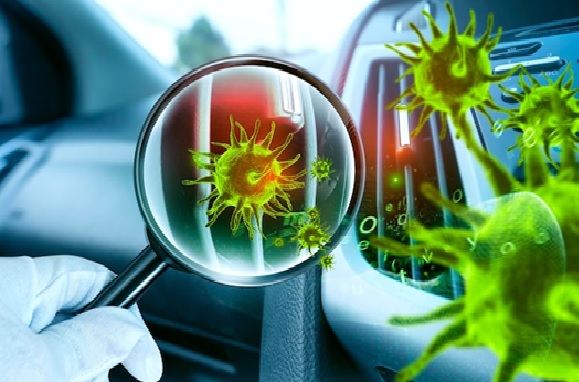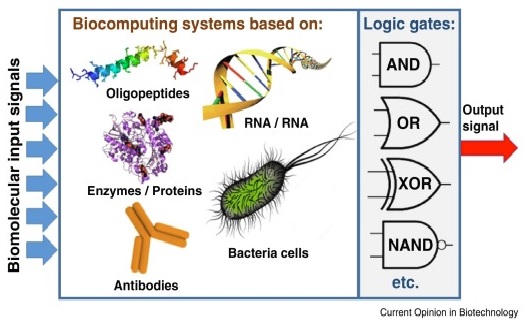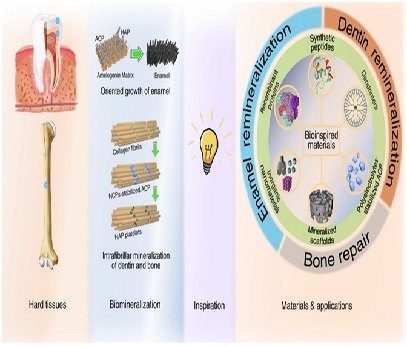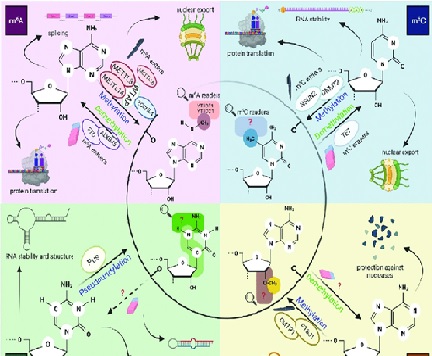Nanotechnology
Nanotechnology involves the manipulation of materials on a nanoscale level. It has the potential to revolutionize medicine by enabling targeted drug delivery and developing new diagnostic tools.
Atomic-scale innovations in material sciences and microscopy are driving nanotechnology trends with applications across industries. Startups use nanomaterials to engineer a range of new structures, devices, and composite materials. Furthermore, nanotechnology facilitates improvements in technologies such as additive manufacturing, quantum computing, and precision biotechnology. The top nanotechnology trends range from advanced carbon and composite-based nanomaterials to nanoencapsulation. Read further to explore how they impact your industry.[1]

Figure .1 Nanotechnology
Figure 1 shows Nanotechnology is the field of science and engineering that deals with the design, synthesis, characterization, and application of materials and devices with dimensions on the nanometre scale (1-100 nanometres).
Some of the current trends in nanotechnology include:
- Nanomedicine:The development of nanoscale materials and devices for use in medical applications, including drug delivery, imaging, and diagnostics. These materials can be engineered to selectively target specific cells or tissues, and to enhance the effectiveness of existing treatments.
- Nano sensors:The development of nanoscale sensors for detecting and monitoring biological, chemical, and environmental parameters. These sensors can be used in a wide range of applications, including healthcare, food safety, and environmental monitoring.
- Energy conversion and storage:The use of nanomaterials in energy conversion and storage devices, such as solar cells, batteries, and fuel cells. These materials can improve the efficiency and performance of these devices, and reduce their cost and environmental impact.
- Environmental remediation :The use of nanotechnology for environmental remediation, including the removal of pollutants from soil and water. Nanomaterials can be engineered to selectively adsorb or degrade pollutants, and to enhance the efficiency of existing remediation technologies.
- Nanomanufacturing: The development of new manufacturing techniques for producing nanoscale materials and devices, including bottom-up approaches such as self-assembly and top-down approaches such as lithography. These techniques can enable the production of complex nanostructures with precise control over their properties.
These trends highlight the potential of nanotechnology to address some of the most pressing challenges facing society, including healthcare, energy, and the environment. However, there are also concerns about the safety and ethical implications of nanotechnology, particularly in areas such as nanotoxicology and the potential for unintended consequences. Ongoing research and development, as well as responsible governance and public engagement, will be critical to realizing the full potential of nanotechnology while minimizing its risk.
References:
- https://www.startus-insights.com/innovators-guide/nanotechnology-trends/
Cite this article:
Janani R (2023),Nanotechnology, AnaTechMaz, pp.137















